29 March 2025
Home inspections—an essential part of the homebuying process—have come a long way from clipboards, scribbled notes, and flashlights. With the rapid advancement of technology, the way home inspections are conducted is evolving at lightning speed. Imagine replacing tedious, manual inspections with drones, thermal imaging, and AI-backed tools. Sounds like something out of a sci-fi movie, right? Well, it’s real, and it’s happening right now.
If you’re a homeowner, a buyer, or even a real estate agent, buckle up—this article will walk you through how technology is revolutionizing the home inspection industry. 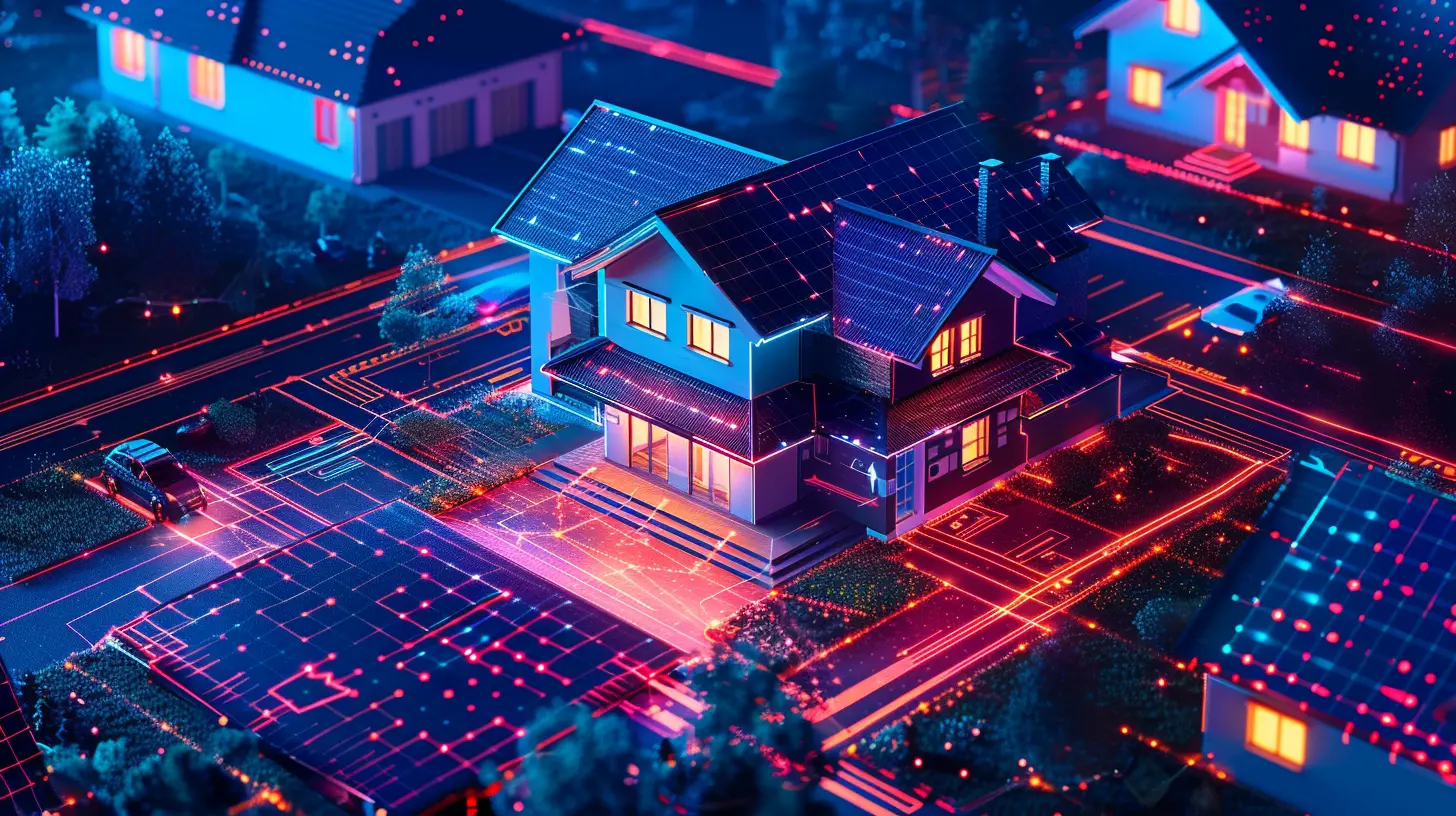
Why The Shift Towards Technology?
Let’s be honest—traditional home inspections have their flaws. They can be time-consuming, prone to human error, and sometimes fail to uncover critical issues. With technology, there’s precision, speed, and a whole new level of transparency.It’s like upgrading from a flip phone to the latest smartphone. Once you experience how much easier life gets, there’s no going back. Homebuyers want better insights before making one of the biggest investments of their lives, and inspectors are embracing tools that make their job easier and more efficient. 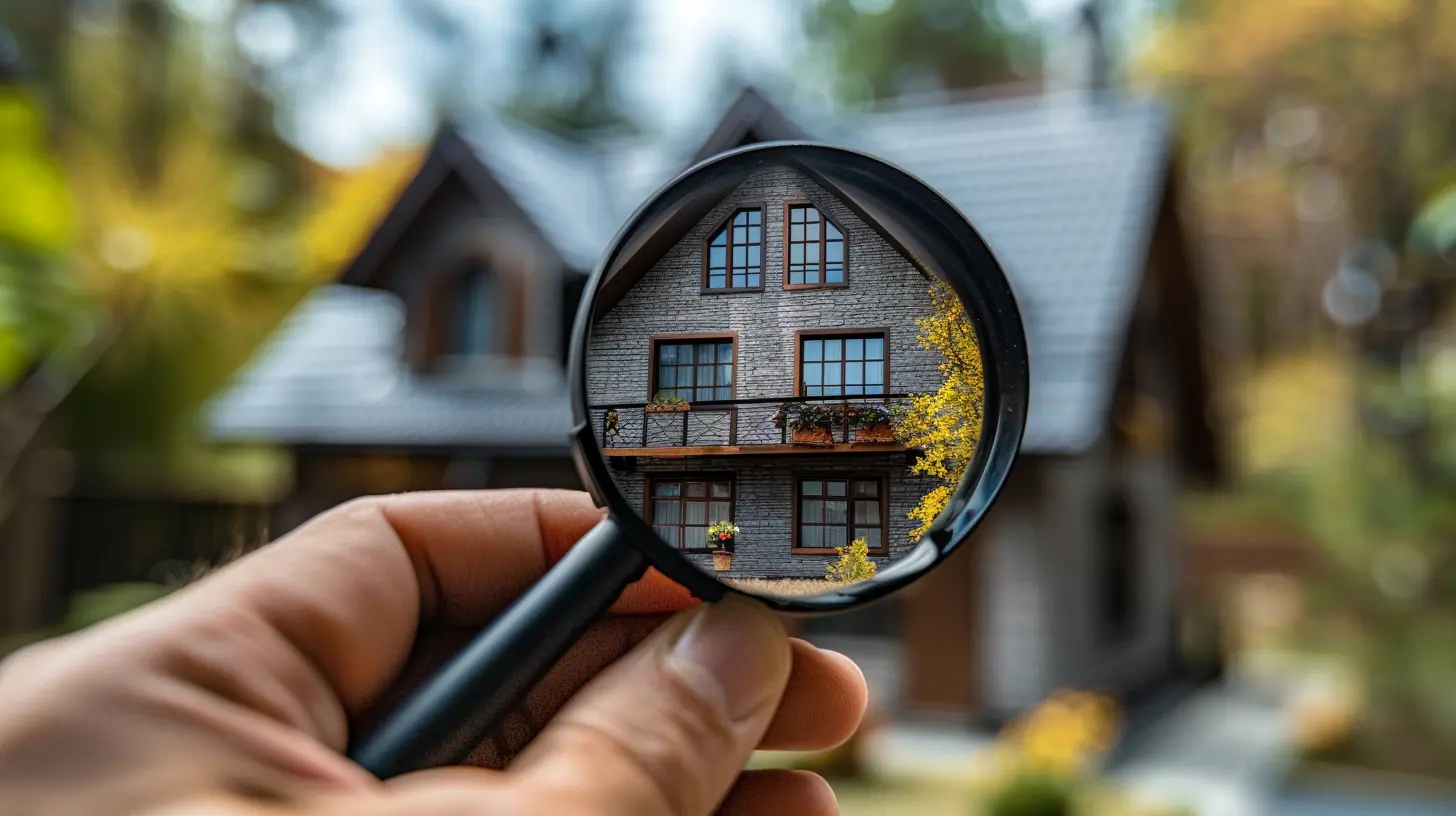
Drones: Eyes in the Sky
One of the most impressive innovations in home inspections? Drones. Yep, those little flying gadgets that were once just toys are now inspecting homes like pros.Inspecting Roofs Has Never Been Safer
Traditionally, inspectors would climb ladders to assess roofs for damage. It’s risky and not always thorough—some roofs are just too steep or difficult to access. With drones, inspectors can easily capture high-resolution images and videos of the roof’s condition from every angle.Think about it. Would you rather have someone teetering on a ladder or a drone zipping around with pinpoint accuracy? Not only is it safer, but it’s also faster.
Seeing the Bigger Picture
Drones can also give a bird’s-eye view of the entire property, highlighting issues like drainage problems or overgrown tree roots that might not be obvious from the ground.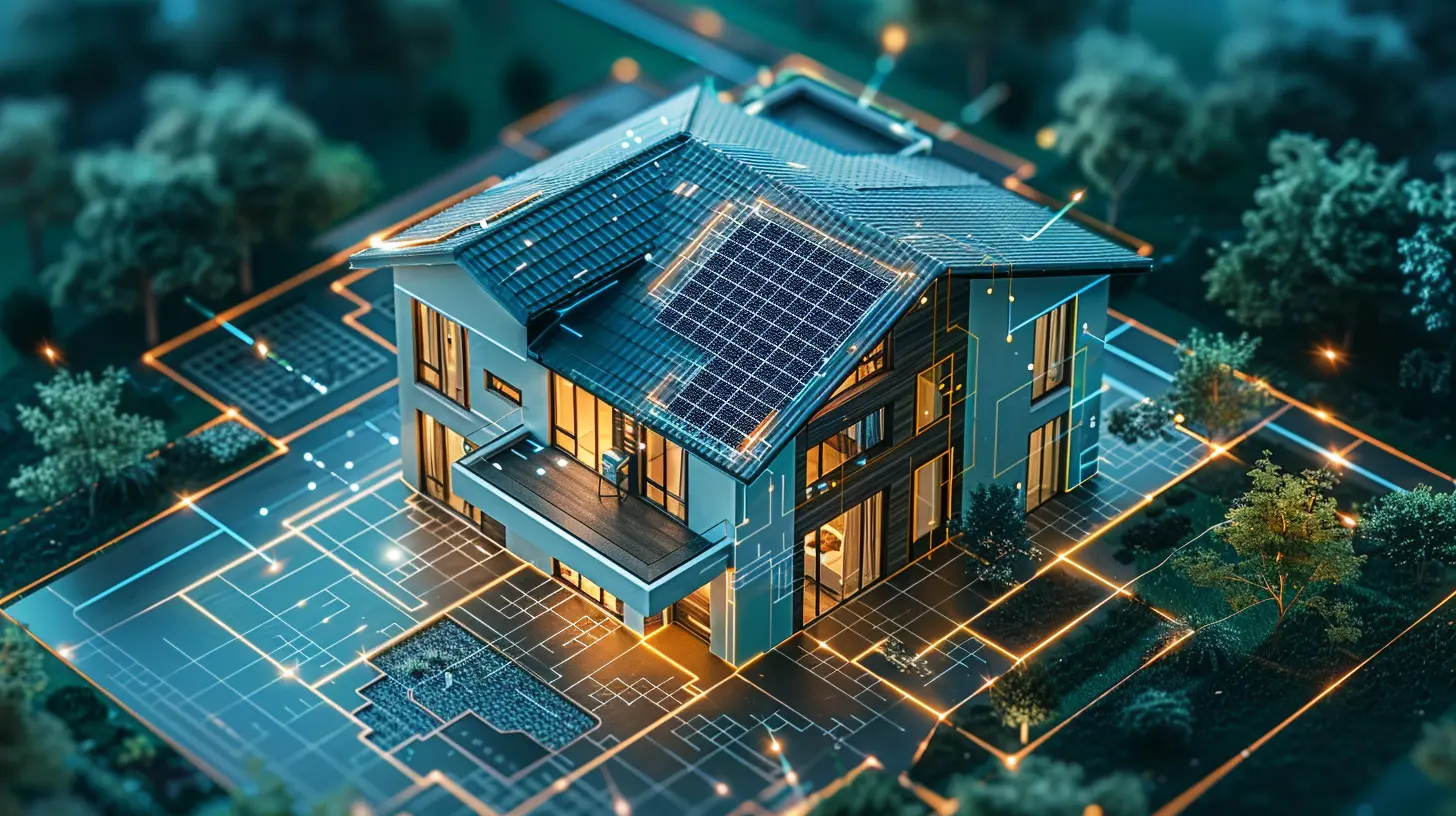
Thermal Imaging: Exposing What the Eye Can't See
You know how Superman has X-ray vision? Thermal imaging tools offer something similar during inspections. By detecting heat signatures, they reveal issues that might be invisible to the naked eye.Finding Hidden Problems
Thermal cameras can uncover things like:- Hidden water leaks behind walls
- Faulty insulation
- Electrical hotspots (a potential fire hazard!)
For example, a buyer might walk into a house thinking it’s in perfect shape. But a quick scan with a thermal camera might reveal a leaky pipe inside the wall—something that could save thousands in future repairs. It’s like peeling back the layers and seeing the house for what it truly is.
Energy Efficiency Matters
In today’s eco-conscious world, buyers are more interested in energy-efficient homes. Thermal imaging helps inspect insulation quality, letting buyers know whether the house will keep them warm in winter and cool in summer—or if they’ll be shelling out extra for utilities.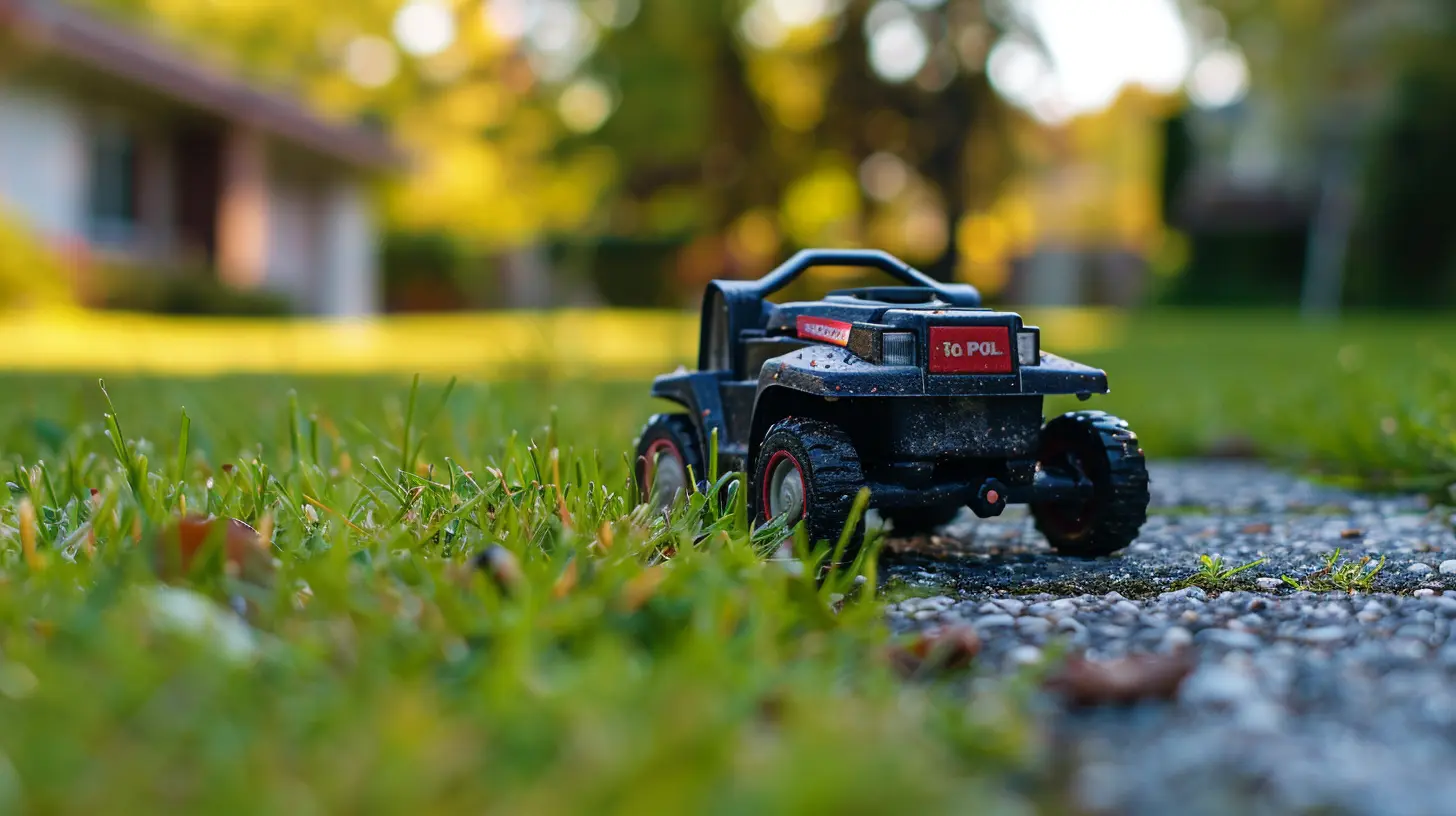
AI and Machine Learning: Smarter Inspections
Artificial intelligence (AI) is creeping its way into just about every industry, and home inspections are no exception. By combining AI with machine learning, inspectors can now analyze data faster and more accurately than ever before.Streamlining the Inspection Process
Imagine software that can scan thousands of images from inspections and flag potential problems. AI-powered tools can spot cracks, mold, or other issues in a split second, giving inspectors more time to focus on providing solutions.Creating Comprehensive Reports
Traditionally, inspection reports were lengthy and sometimes confusing. AI tools now automate the creation of reports, providing clear, concise, and easy-to-understand results for both buyers and sellers. It’s like having an expert editor polish your inspection findings before they hit your inbox.Smart Sensors and IoT: Homes That Talk To Inspectors
You’ve probably heard of smart homes—but did you know that Internet of Things (IoT) technology is also transforming home inspections?Real-Time Monitoring
Smart sensors can monitor things like:- Radon levels
- Carbon monoxide levels
- Humidity and mold growth
These sensors can feed real-time data to inspectors, providing instant results. Imagine being able to tell within minutes if a basement has a radon problem or if mold is lurking in the bathroom. That’s the power of IoT.
The Preemptive Advantage
Some homeowners are even installing these sensors proactively to monitor their homes’ health over time. It’s like giving your house a Fitbit—constantly tracking its condition and flagging problems before they get out of hand.Augmented Reality (AR) and Virtual Reality (VR): The Future is Here
AR and VR aren’t just for gaming anymore—they’re making waves in the home inspection world.Virtual Walkthroughs
For buyers who can’t attend an inspection in person, VR allows them to experience a detailed walkthrough of the property, complete with inspector commentary. It’s almost like being there, minus the hassle of travel.Overlaying Information
Using AR tools, inspectors can overlay information on real-world views. Picture this: an inspector points their AR device at a wall, and it highlights where the plumbing or electrical lines are located. It’s like having a blueprint come to life right in front of your eyes!Mobile Apps: Simplifying Communication
Let’s not forget the role of mobile apps in reshaping how inspections are done.Efficiency on the Go
With inspection-specific apps, inspectors can:- Take photos and jot down notes directly on their phone
- Generate reports on-site
- Share findings with clients in real time
It’s all about making the process smoother and more accessible. Whether you’re across the street or across the country, you can stay looped in on the inspection process.
What Does This Mean for Buyers, Sellers, and Inspectors?
So, what’s the takeaway? Technology is not just a cool add-on—it’s a game-changer for everyone involved:- For buyers: You get more detailed, reliable insights, so you know exactly what you’re buying. No more nasty surprises after you move in.
- For sellers: You can address potential issues before listing, increasing your home’s value and appeal.
- For inspectors: Technology makes your job safer, faster, and more accurate. Win-win.
Challenges and the Road Ahead
Now, let’s be real—it’s not all smooth sailing. Adopting new technology comes with its challenges. There’s the learning curve for inspectors, the upfront costs of buying high-tech tools, and the occasional glitch that comes with any tech.But here’s the thing: the benefits far outweigh the challenges. As technology continues to improve, the home inspection process will only get better, more efficient, and more reliable.
Final Thoughts: Welcome to the Future of Home Inspections
Technology is turning the age-old process of home inspections on its head—and for the better. From drones and thermal imaging to AI and mobile apps, inspecting homes has never been as thorough, efficient, or accessible.Whether you’re buying your first home or your fifth, these innovations mean you’ll get a clear, comprehensive picture of what you’re investing in. Because, at the end of the day, your home isn’t just a house—it’s a sanctuary. And thanks to tech, you’ll know it’s safe, sound, and everything you dreamed it would be.

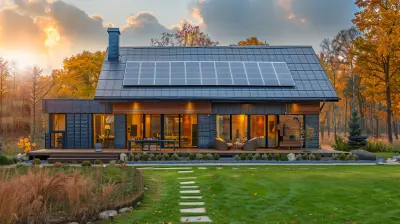



Josephine Navarro
This article highlights the transformative impact of technology on home inspections, enhancing efficiency and accuracy. Innovative tools like drones and thermal imaging are revolutionizing how inspectors assess properties, providing detailed insights that benefit buyers and sellers alike. It’s an exciting time for real estate!
April 2, 2025 at 7:02 PM